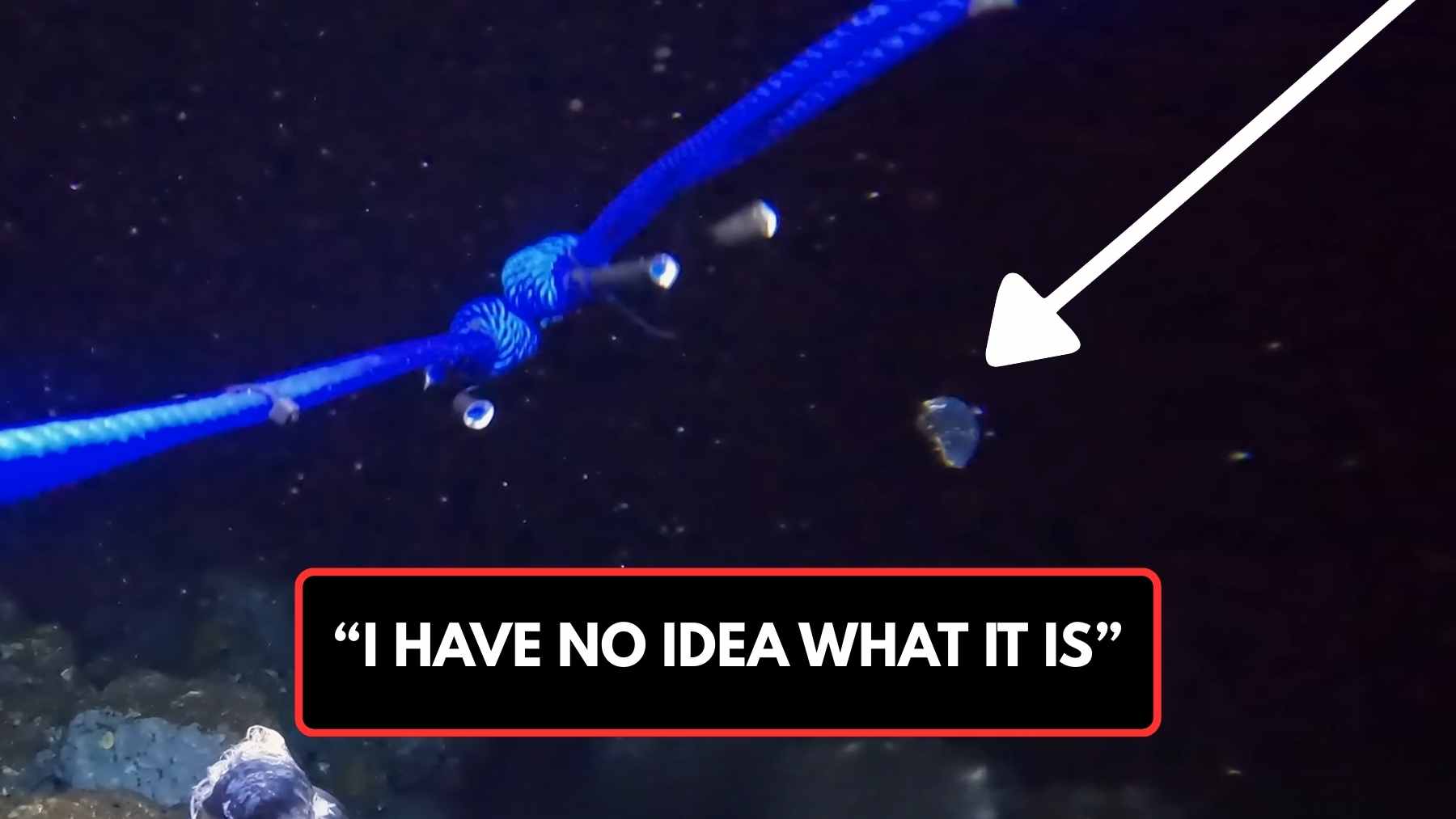Hybrid solar leaves are being called “artificial leaves” as these leaves copies the process of photosynthesis utilizing the sun’s energy whilst also providing a way to generate hydrogen fuel. Thus far, creating a device able to harvest water from sunlight and convert humid air in to hydrogen has been a mere dream. Thanks to researchers at the Swiss Federal Institute of Technology Lausanne (EPFL), clean hydrogen fuel can be generated by integrating these artificial leaves into large-scale reservoirs or floating surfaces. Solar-to-hydrogen (H₂) technology will enable us to generate renewable fuel from the atmosphere directly.
Artificial leaves offering a solar solution
The team at the Swiss Federal Institute of Technology Lausanne (EPFL) is led by Kevin Sivula, who created a photoelectrochemical (PEC) device that features a unique set of transparent and porous gas diffusion electrodes. While traditional PEC cells require liquid water and opaque electrodes, the artificial leaf solution is able to gain moisture from the air and utilizes sunlight at full force.
The device can split water vapor into hydrogen and oxygen rather easily when being exposed to sunshine, air and humidity. By mimicking the process of photosynthesis, the water from the environment can be turned into useful hydrogen fuel. Since these artificial leaves are able to store renewable energy in chemical form, renewable energy can be used as fuels and as feedstocks in industry.
Hydrogen potential in floating solar
This newer solar technology is different in terms of materials used to create it, but also in terms of its application. The artificial leaves work well by harnessing the surrounding humidity instead of being fully immersed in water. Such solar leaves can get installed in floating structures throughout lakes and water bodies.
All scalability issues linked with conventional PEC cells and environmental risk posed by tapping into liquid resources have been taken care of and is avoided when utilizing these artificial skins. These hybrid solar leaf-like systems are able to reduce evaporation while producing hydrogen fuel in the process. The moisture is a good thing for this hybrid solar leave and since these solar leaves float and stay afloat they will be able to endure climate change issues.
Moving from the lab to a scalable solar solution
At the moment, these hybrid solar leaves are still in the conceptual stage with hopes of thereafter being manufactured. The good aspect is that all the elements can easily be adapted for production. While hybrid solar leaves can be a scalable solution soon, the solar-to-hydrogen conversion efficiency is about 12% which seems considerably lower than what is achieved by liquid-based PEC cells.
Despite the lower conversion efficiency, the team at EPFL has ensured that everything including pore size and membrane material has been optimized through the Sun-to-X project which is an EU funded program. According to the project’s lead researcher, Marina Caretti, optimism remains the order of the day.
While prior leaf-shaped solar power has always shown bizarre behavior, it is incredible to think of what type of behavior these artificial skins will show once they have been manufactured.
Adopting a fully greener future
With hydrogen gaining more attention for all industries alike, EPFL’s artificial leaves that are solar powered ensures a carbon-free and efficient route towards green hydrogen and better power generation. By utilizing sunlight, this artificial leaf, simultaneously works to convert solar energy into chemical bonds like hydrogen.
The EPFL team is surely working on creating artificial skins that work similar to natural leaves, and these artificial skins will also utilize the air to provider power to the future.
Although these artificial leaves have not reached the stage of the 92,000 panels floating like blossoms, the reservoirs will surely shimmer with potential and power once these artificial skins move from the conceptual lab stage to the floating afloat stage.














